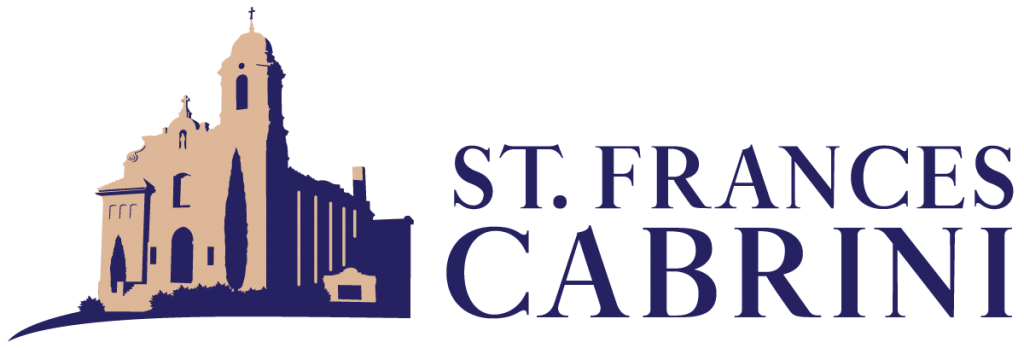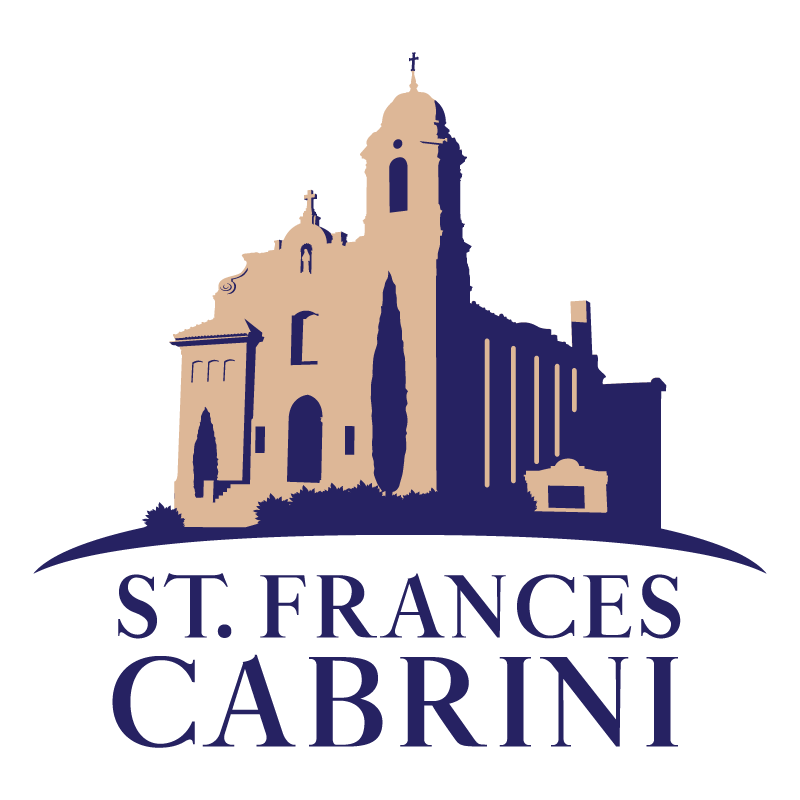Dear Friends,
I enjoyed the recent brouhaha over the Elkhorn Grade School Principal who banned certain activities and
symbols during this season because they were too overtly religious. The news story said, “Banned items listed
included Santas, Christmas trees, “Elf on the Shelf,” singing Christmas carols, playing Christmas music, candy
canes and reindeer, homemade ornament gifts, Christmas movies and red and green items. Regarding candy
canes, the notice said, “the shape is a ‘J’ for Jesus.” An ornament? “This assumes that the family has a Christmas
tree, which assumes they celebrate Christmas. I challenge the thought of, ‘Well they can just hang it somewhere
else.’ ”
Here is the deal for me, even though I do not agree with her decision to not allow these items in the
classroom; I think she is correct on her point about the symbolism. Christmas is a religious holiday in spite of
every attempt to make it just a civil holiday. The symbols of Christmas are religious symbols whether you are
aware of their symbolism or not. Even the name, Christ Mass, has such deep Catholic roots. The symbols do
matter and have important meanings, they are not just pretty things hung from a tree.
Let’s try a little Catholic sacramental theology (hang in there and see if you can follow this ancient line
of thinking)…The Incarnation (Jesus becoming human) brings together symbol and symbolized, reference and
referent, language and object. When the Word was made Flesh, the distance between symbol and symbolized
vanished. When the Word was made Flesh, symbols became doors of entrance into the sacred. In the Incarnation,
the symbol and the symbolized become one another and so a free movement of being between symbol and
symbolized is possible, constant, fluid. The Word made Flesh brings together the finite and the infinite, the
human body of Christ and the Second Person of the Trinity. That is what we are saying each time we gather at
Mass or every time we celebrate a sacrament. The symbol becomes the real thing; God is acting through it
because that is how we human beings can receive it. The host and wine truly are Jesus, the pouring of water at
baptism does what it says it does – it transforms the person into something new, the oil at ordination transforms
the ordained, etc.
Perhaps people have forgotten the relationship of “the holly and ivy” to the birth of Christ or the origin of
the Christmas tree, the colored bulbs on the tree, the mistletoe or candy canes or Santa Claus (a saint), not to
mention the spices (cinnamon, nutmeg, clove) which are part of Christmas celebrations. Many people simply
perpetuate these traditions mindlessly, but that does not mean they are without meaning. Contemporary people
seem to scoff at the idea of traditions, believing that they are all simply “invented” rituals and can be changed by
the next creative person who comes along. Christian traditions and their meanings are deep and powerful, they
can change lives when people encounter the reality in the symbol. The Elkhorn Principal may have known that
and wanted to shelter her students from the power of the Christian symbols.
Let me give you an Advent task…go…discover the meaning of your family traditions and your church
traditions for this season. Most of them are easy to find. Try a website like whychristmas.com and learn
something like: “The prickly leaves of holly represent the crown of thorns that Jesus wore when he was
crucified. The berries are the drops of blood that were shed by Jesus because of the thorns. In Scandinavia it is
known as the Christ Thorn.” You might also learn that the elf on the shelf has no religious meaning at all, in spite
of its being banned in Elkhorn!
Enjoy your search and encounter the deeper meaning.
Peace,
Fr. Damian



